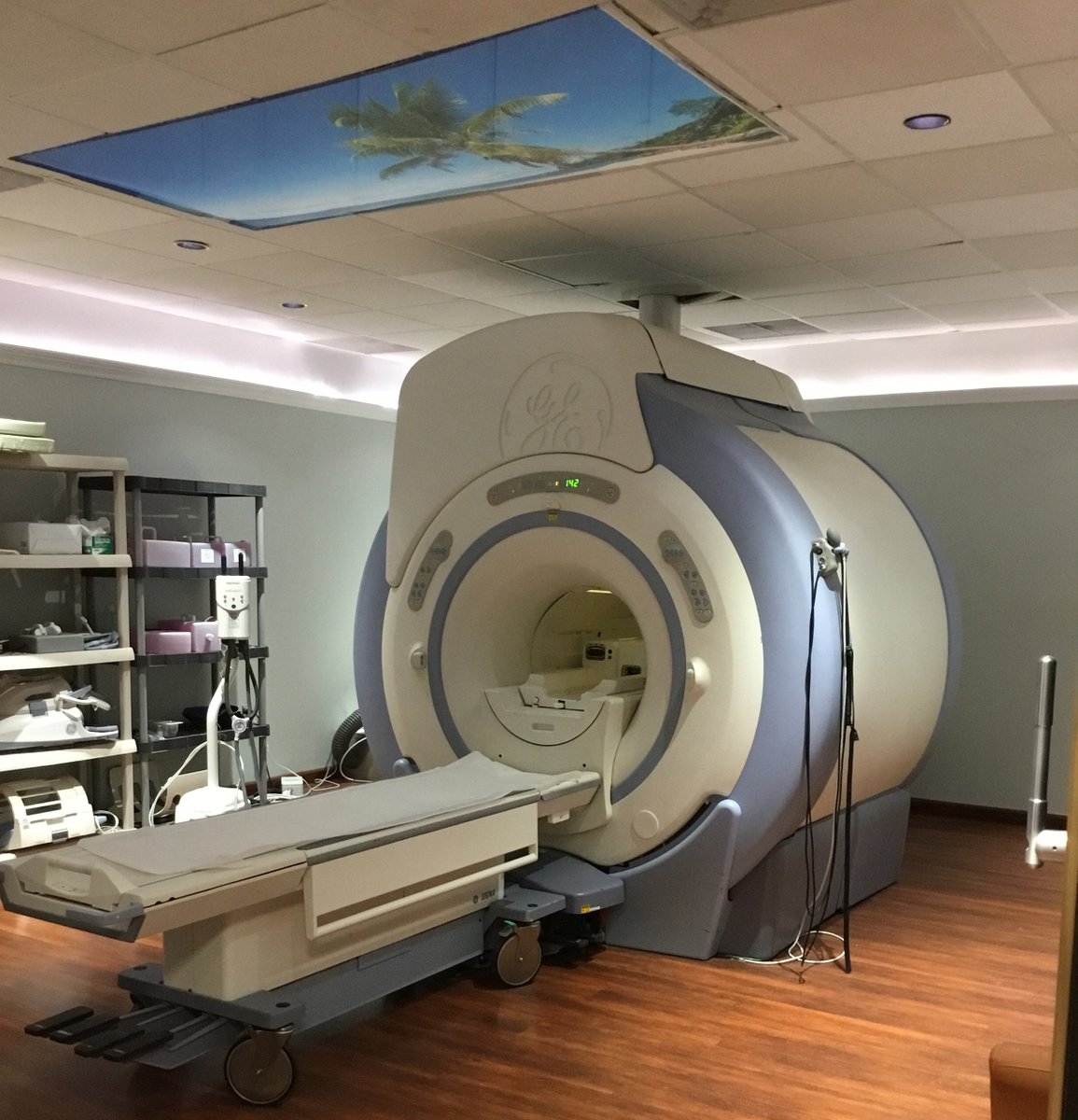
Raffi Hotter
@raffi_hotter
Followers
1K
Following
2K
Media
40
Statuses
351
neurotech | prev: biophysics @harvard, neurotech intern @theteamatx, math/cs @mcgillu @ucberkeley
San Francisco, CA
Joined November 2018
Check out our results for new ways of brain-computer interfacing!. Blog post:
Can we invent new brain-computer interface modalities?. @raffi_hotter and I got 9 friends together and built a lab at home to test two totally new imaging methods: acoustoelectric imaging & functional ultrasound through the skull. 🧵 story that involves nV measurements, pretty
1
1
78
200x compression is mathematically impossible for this data. Given the specs of Neuralink's chip, you cannot do better than 5.3x compression. Here's why 🧵 (1/10).
Neuralink started a compression challenge. They're asking for people to find methods to losslessly (!!) compress files to 1/200th (!) the size but the files are extremely noisy so thats certainly not possible 🙁 (spectrogram of one randomly chosen file for illustration)
41
53
839
@ElmoTheHokage Sorry, I should have clarified that this thread is about lossless compression. The challenge asks for a lossless solution. My point is that if 200x compression is desired, it has to be lossy.
4
0
111
Thank you @santiaranguri ,@selenazhxng and Simon.Tartakovsky for thinking through this with me!. Here's the code for the entropy calculations:.(10/10).
4
1
97
.@selenazhxng and I are hosting a learning “potluck” in Cambridge on Sunday!. Instead of bringing a dish, you bring a topic to teach another person 1-on-1.
6
0
63
.@_marleyx and I are super excited to unveil our first product. The world's first telekinetic citrus
4
2
53
This is incredibly cool. It's a way to reduce optical scattering in tissue. Scattering limits how deep you can see inside tissue at high resolution. For example, a mouse brain is about 1 cm in diameter, but you can only see the first few hundred microns optically. (1/5).
Congrats to my friend and colleague Guosong Hong for his stunning and original discovery, published today in Science, on clearing tissues *in living animals* with a common food dye!. The dye is tartrazine, used in Doritos!.
1
4
39
But what about low-field MRI scanners like @Hyperfine?. The magnetic field used in those scanners is ~50x lower than a typical scanner. So you don't need superconductors. But the signal-to-noise ratio scales with field strength, so the low field scanner is noisier. (10/12)
1
0
18
This post is really interesting. The idea is that when you add noise in the diffusion process, the noise first gets rid of the high spatial frequencies. As the image gets noisier and noisier, the lowest spatial frequencies are the last to go.
Diffusion is the rising tide that eventually submerges all frequencies, high and low 🌊. Diffusion is the gradual decomposition into feature scales, fine and coarse 🗼. Diffusion is just spectral autoregression 🤷🌈
1
0
17
@thenabanana You might like Chapter 9 “n-Dimensional space” from The Art of Doing Science and Engineering. Lots of cool related results presented there.
2
0
13
@ansonyuu @_ivyzhang @_marleyx we first heard about AE from @thomas_rribeiro, who has this magical talent for finding fascinating research that nobody knows about. we learned about functional ultrasound first from a paper by @SumnerLN++. They used it for a bci in macaques
0
0
8
@LauraDeming I think you'd like @a__bra's page that has some very pretty math animations!. . For example, here's one on the matrix lie group orbits
1
0
8
@_marleyx and I are running an experiment!. We're reading a neurotech paper with a small group of people who have expertise in math/physics/electrical eng/mech eng/material science/chemistry. dm either of us if you're interested!.
1
1
7
If you’re curious about the latest BCI progress, check out this thread 👇.
Brain-computer interface (BCI) 2021 year in review 🧵. 2021 was a big year! We saw an intracortical BCI decode handwriting, the 1st country to pass a bill on neuro-rights, & much more. Below we cover the most exciting BCI updates across academia, industry, & public policy.
1
1
6
We’ve hosted this in the past and it’s been excellent!. Some past topics:.- Quines (self-replicating code).- Feminism in the works of Mary Wollenstonecraft.- Neuroscience learning vs AI learning. DM me or @selenazhang if you want to come!.
1
0
6
@algekalipso My understanding is that amplifiers have two main types of noise:.1. Flicker noise, or 1/f, which is dominant at lower frequencies.2. Thermal noise, whose frequency spectrum is flat. As you go to higher frequencies, thermal noise dominates.
1
1
5
@sabrinasngh Hot take: school (if done properly) is pretty good for learning physics! You can walk into a class at any uni and just start taking it.
1
0
5
@algekalipso If the noise was mostly just present at low frequencies, then it would be highly correlated in time.
0
0
4
We're incredibly fortunate to be partnering with @guillefix @selenazhxng @yush_g @SebastienZany @turboblitzzz.
0
0
4
Magnetofluorescence is one of my favourite recent discoveries in science!. We’re hosting @AndrewGYork for a whiteboard talk tomorrow night in sf. Details in the next tweet.
Meet MagLOV: an engineered protein that responds STRONGLY to magnetic fields. This is a fluorescence timelapse of MagLOV in E. coli. We're waving a (small) magnet under the plate. Can you tell where the magnet is?. Want some? It's on Addgene now!
1
0
4
@jasminewsun This post+comments were very interesting:.
Why does privacy matter? What are the best principled arguments for it? Where to set the boundary [i.e., when is it best to require that certain actions be more broadly known]?. My own answer to this bundle of questions isn't very good. I've read a few classic books, papers,.
1
0
4
@yasmeenbrain For one cool application of information theory in the brain, Chapter 3 of Principles of Neural Design is excellent (in particular, the section "A neuron’s information capacity")
1
0
4
"If people are sufficiently worried, then there is a lot less to worry about. But if no one is worried, that's when you should worry.".
With recorded COVID-19 cases (outside china) so eerily matching an exponential, I couldn't resist making a primer on exponential/logistic growth. At least 3 counterintuitive things about this kind of growth seem worth putting into the discussion.
0
0
2
@uzpg_ There’s a neat info theory argument for why neurons are silent most of the time (they spike only ~0.1% of the time). The argument is that low spike rates maximize the information per unit of energy.
@yasmeenbrain For one cool application of information theory in the brain, Chapter 3 of Principles of Neural Design is excellent (in particular, the section "A neuron’s information capacity")
0
0
4















































